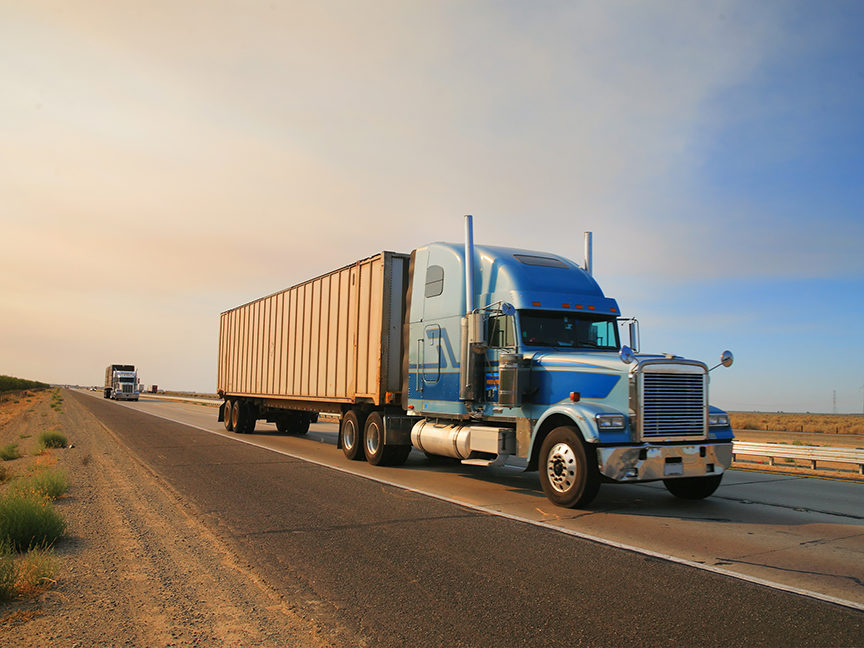
Companies that transport goods are increasingly realizing the need to upgrade the trucks in their fleets on a more frequent basis. In the process, they shed units that cost more to operate and produce harmful emissions.
Without question, newer, eco-efficient trucks deliver significant savings in fuel and maintenance. According to the most recent truck lifecycle data index, fleet operators can realize first-year per-truck savings of $16,928 when upgrading from a 2015 sleeper model to the 2020 version. For a 100-vehicle fleet, that translates into savings of up to $1.7 million.
Fuel efficiency and maintenance expenditures, which are much lower on new trucks, account for a large portion of hard-cost savings. At a time when every organization is focused on total cost of ownership, that number becomes critically important to determine.
In addition, there are several soft-cost benefits that contribute significantly to the bottom line, when an organization is making decisions on acquiring assets. A growing number of fleets are paying attention to safety as well as economic obsolescence.
Advances in heavy-duty truck safety systems over the last several years have been notable. From components that have been around for decades, such as brakes and tires, to the latest technological innovations like stability control and lane-departure systems, safety technology has made drivers and roads safer.
According to the National Transportation Safety Board, close to half of all two-vehicle crashes from 2012 to 2014 were defined as rear-end collisions. Of these crashes, 87% were the result of drivers not paying attention to the traffic ahead. NTSB found in a 2015 study that collision-avoidance systems could have prevented 1,700 fatal rear-end collisions annually.
As a result of this increased visibility, collision warning systems on heavy-duty trucks saw a 28% increase in 2017, and 39% in 2018. Volvo was early in adopting electronic stability control, equipping its trucks with updates on model years as early as 2006. By 2018, a year after issuance of the Federal Motor Vehicle Safety Standards No. 136 mandate, all major original equipment manufacturers had begun adding collision avoidance and lane departure to their standard package offerings. According to the Virginia Tech Transportation Institute, six out of nine carriers adopted at least one advanced safety technology, significantly improving safety outcomes.
OEMs are all major proponents of safety today. Many include safety features as a part of their standard specs, and require end-users to opt out if they are declining them. OEM standards eventually will include forward video monitoring, blind stop monitoring, and lane correction.
Drivers and technicians want to drive and work on newer trucks that come with advanced technology. Drivers want to experience more comfort, less fatigue, and more home time. Newer trucks allow companies to entice drivers with advanced vehicles, rather than use expensive sign-on bonuses when hiring. What’s more, the new equipment can keep drivers from leaving to work for other companies. Aside from sign-on bonuses, it can be expensive to onboard a new driver due to training costs. In a recent International Foodservice Distributors Association webinar titled “Addressing Today’s Transportation Challenges,” Paul Mugerditchian, president of Dot Transportation, noted that it can cost up to $10,000 to onboard a new driver.
Newer trucks have an impact on more than just drivers. They can also improve customer satisfaction rates by resulting in fewer delays and enhanced corporate image. Drivers have a better attitude when making deliveries, and there’s less freight and property damage to contend with. Organizations can further maximize margins by way of reduced transport costs to the customer.
Clients today want to do business with companies that emphasize the need for reducing the overall carbon footprint and committing to sustainability. Continuously updating a truck fleet addresses many facets of sustainability, including vehicle specs (to be more fuel-efficient and aligned with the duty cycle and geographic locale), lighter components that allow for longer maintenance intervals (while reducing hazardous-materials disposal), and the shifting of pre-owned equipment to secondary markets.
Shorter vehicle lifecycles conserve fuel resources, reduce emissions, and provide a cleaner environment. For example, upgrading to a 2020 model-year truck from a 2015 unit would reduce carbon dioxide emissions by 126 metric tons, and nitrous oxide by 12%.
It’s easy for fleet operators to focus on hard costs such as fuel, financing and maintenance. But broadening their view to include additional soft benefits will lead to significant improvements to the operation of the fleet, and the organization overall.
Katerina Jones is senior director of marketing and business development at Fleet Advantage, a provider of truck-fleet business analytics, equipment financing and lifecycle cost management.







